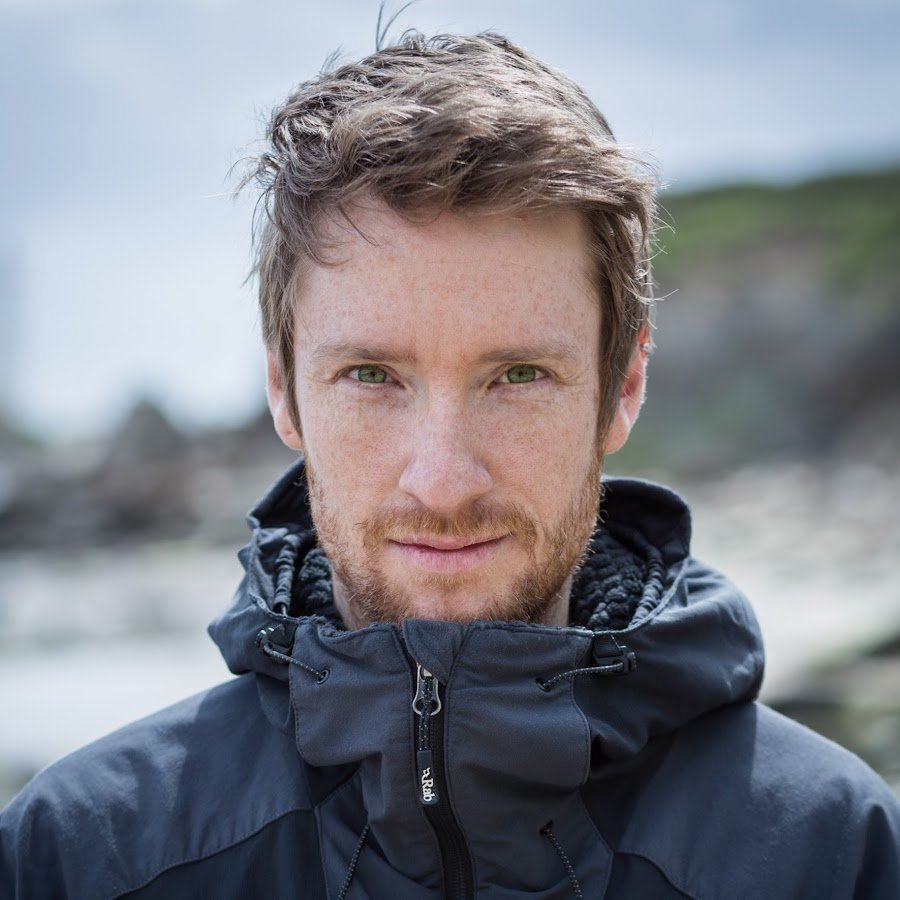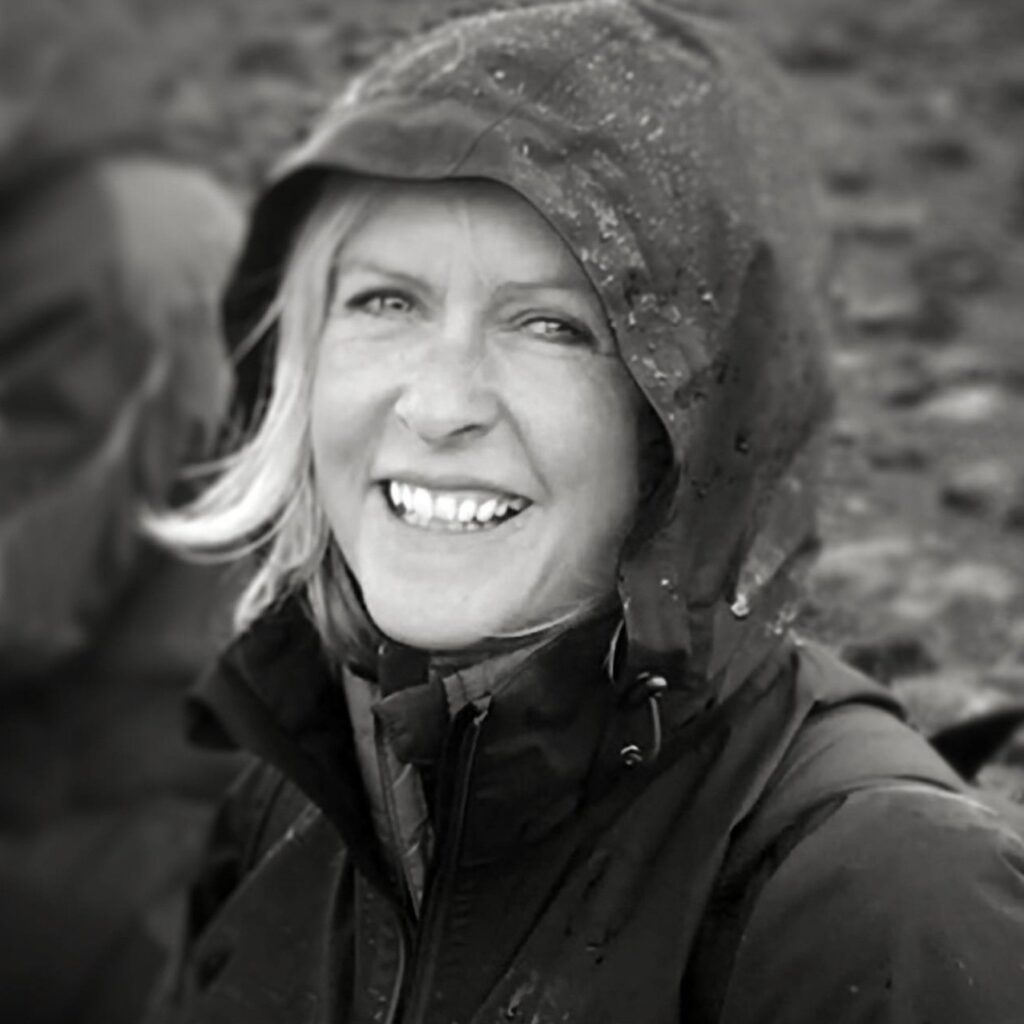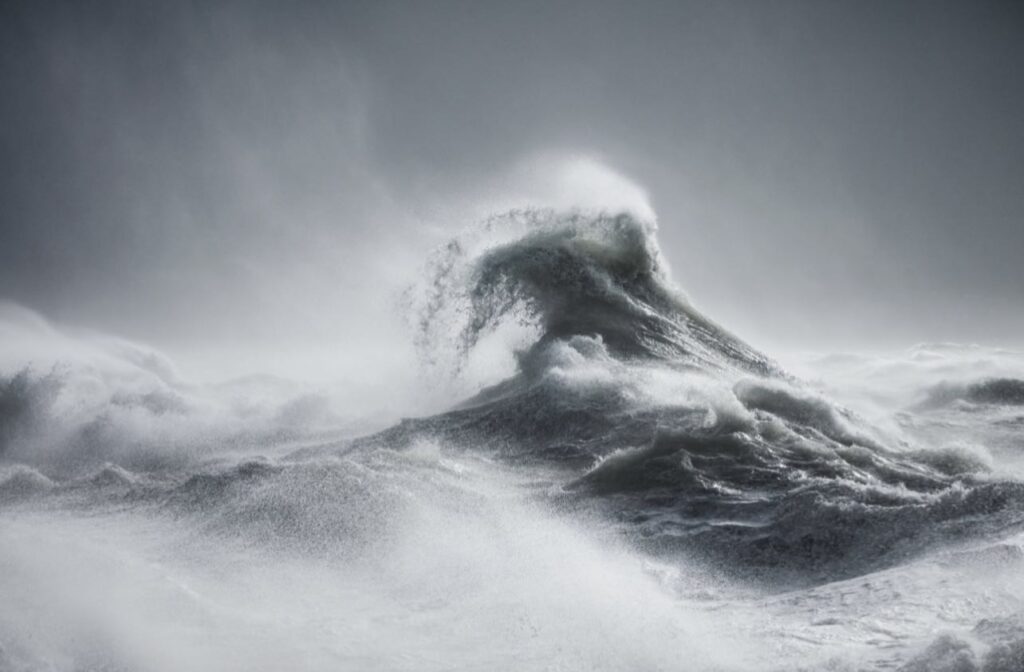
Web: jameslanephotography.com
Instagram: @jameslanephotography
Hello, my name is James Lane and I am a Nature First Ambassador and Landscape Photographer from Yorkshire in the United Kingdom. This article is intended to give you an opportunity to reflect on your relationship with our landscape as well as provide you with useful UK-specific resources to learn more about the areas you photograph.
Since the birth of Nature First on Earth Day in 2019, the United Kingdom has had an incredibly turbulent relationship with its countryside, National Parks, and wild spaces. Now, more than ever, photographers in the United Kingdom (including those who choose to visit our Isles) should strive to follow the Nature First and Leave No Trace principles and set the right examples for others whom they might know or influence.
WHAT ARE THE CURRENT ISSUES?
Over the past few years, the landscape, woodlands, and coastal areas of the United Kingdom have experienced record visitation. This is of course directly linked to the travel restrictions imposed during the pandemic. No one would bemoan people enjoying what nature has to offer them in their own nation; it’s brilliant to see more people experiencing and photographing our beautiful country. Not only does this increased visitation support local businesses, it also has the effect of exposing more people to nature, potentially for the first time. Being exposed to nature is essential in developing genuine empathy and even a sense of stewardship.
However, this increased visitation is a double-edged sword. With greater footfall often comes more photography (be it smartphone or camera). This isn’t an elitist sneer at new photographers to areas, nor am I saying the landscape should only be the realm of photographers with expensive cameras and tripods. The issue with increased photography is an issue with the increased sharing of ecologically sensitive places on social media – often done innocently. This then brings more people to these areas and before you know it there is an exponential increase in footfall in an area that may not be able to cope or recover. Or worse, it is a Site of Special Scientific Interest or Special Area for Conservation (more on these later).
To give an example, I am lucky enough to live very close to incredible bluebell woodland. If you didn’t know, bluebells are incredibly sensitive to damage and take up to seven years to recover if trampled. It is actually illegal to pick or intentionally trample bluebells in the United Kingdom due to their protected species status. If I was to share the location of this woodland on social media chances are four or five photographers would make the journey to take their own photographs. What if one of those photographers is irresponsible or doesn’t understand how sensitive these plants are?

And what if three of them share the location and twelve more photographers visit the woodland? It can quickly spiral out of control and before long the woodland is under immense stress, all caused by my actions.
As a case study, there is a very ancient and beautiful woodland in the south of England that was photographed by a small number of photographers. Despite images of this woodland being beautiful and the photographers not intentionally wanting to cause harm to the woodland, footfall became so high amongst these ancient trees that local authorities closed off areas of the woodland in 2021 due to irresponsible damage. This could have been mitigated or entirely prevented if discretion was applied in the sharing of the location. The final nail in the coffin for this woodland was a large photography competition naming its location. Subsequently, thousands of photographers will have seen an image of this woodland win an award and decided to travel to the woodland themselves. A year later the closure was announced. Of course, no one intentionally set out to harm the woodland, but please read this as a precautionary tale to demonstrate the power of discretion when sharing locations, one of Nature First’s core principles.
ASIDE FROM NOT SHARING LOCATION, HOW ELSE CAN I HELP?
One of the key things you can do is to learn about the locations and areas you choose to visit. I don’t think it’s particularly common knowledge that extensive areas of the United Kingdom are designated as Sites of Special Scientific Interest (SSSI, ASSI in Northern Ireland). An SSSI is an area that usually has a significant concentration of rare species of plant, animal or even fungi. It can also cover areas of scientifically significant geology. The local bluebell woodland and ancient woodland in the south of England described earlier are both SSSIs. Below is a breakdown of the number of SSSIs (Source: Woodland Trust) as well as a link to a list of all the SSSIs in the UK and some interactive maps:
England: 4,100 SSSIs
Scotland: 1,400 SSSIs (these cover 12% of the land in Scotland!)
Wales: 1,000 SSSIs
Northern Ireland: 400 ASSIs
List of all United Kingdom SSSIs: click here
Interactive Map of UK SSSIs (exc. Northern Ireland): click here. (To see the SSSIs tick Designations, expand the + box and tick Land-Based Designations, tick and expand Statutory, then select SSSIs for England, Scotland and Wales and they will show on the map as green dots)
Interactive Map of Northern Ireland ASSIs: click here. (To see the ASSIs select the layers button on the sidebar, select protected areas then tick Area of Special Scientific Interest)
Once you know if an area you are visiting is an SSSI (or ASSI in Northern Ireland) then you can search for it specifically on the appropriate government website for the region and find out precisely why the area is an SSSI. You may learn something new about an area you know very well. You may learn to be careful in a certain valley due to an endangered plant species. If you run workshops, you can advise your clients and teach them about the sensitive ecology of the area. One of Nature First’s core principles is to actively promote and educate others – whether you’re looking out for the smallest patch of woodland or the biggest glen. Some areas are so sensitive they are even designated as Special Areas of Conservation (SAC) – such as Glen Sligachan on the Isle of Skye which is protected for its peatland, meaning it is essential footpaths are used to preserve the land.
As a UK Ambassador for Nature First, I will be working with a network of like-minded individuals to produce helpful guides for photographers visiting sensitive areas in the UK. These will not be a guide to finding compositions for your images, but rather an information on popular areas such as the Isle of Skye or the Glencoe area.
If you are going to make one promise on Earth Day 2022, please let it be that you will always check to see if an area you are planning on photographing (or already do photograph) is an SSSI, and learn about what you can be doing to leave no trace and ensure rare flora, fauna and geology are protected and preserved.
WHAT DO THE PROFESSIONALS SAY?
For this UK-specific discussion of Nature First Principles, it felt appropriate to reach out to some UK-based professional photographers who not only rely on our beautiful Isles for their profession but also care deeply about them. Below, Thomas Heaton, Rachael Talibart, and Alex Nail describe the issues they see, and what they do to help:
THOMAS HEATON
Landscape photographers have a responsibility to care for the environment which they photograph, but it can be a tough balancing act. I myself have flown around the world to experience different cultures and landscapes, I drive a van to access locations in the UK and I share my work with a worldwide audience, which no doubt encourages others to travel, drive and even visit the very spots I visit myself, thus causing heavy footfall.

Unfortunately, all of the above is necessary to do my job as a landscape photographer and to live a fulfilling life by seeing new places and experiencing new cultures.

I do not believe that individuals should feel guilty or be vilified for flying to a different country or driving a combustion engine vehicle, but I do think we should be aware of environmental issues both globally and locally and where possible, act in a way that contributes to nature and the environment more than we take from it. The truth is, people are not going to give up their iPhones, TV companies will not stop producing travel documentaries and publishers will continue to create guide books. So what can we do?
I believe it is the small things that make a difference. Here are a few of the things I try to do as often as possible:
When I publish a video or a photograph, I am careful not to disclose the location if it is a sensitive area with little footfall. For the less sensitive areas, such as the summit of Mount Coniston which sees thousands of walkers per day and is a huge effort to get to, I am happy to share my location. That way I am able to offer value to my audience by giving them an idea for a great photography spot and the knock-on effect is that they might be encouraged to enjoy the outdoors more and live a healthier lifestyle.
I am a member of my local wildlife trust and visit their sites regularly and support their work.
I plant trees and encourage others to plant a tree when they visit my website. Last month I sold a print and donated all of the profit to Trees for Life, which resulted in almost 600 trees being planted.
I pick up litter, this is an important one, especially if others see you doing this as it will encourage them to do the same.
I ALWAYS leave the landscape exactly as I found it or better. I don’t move anything, cut anything or add anything. Photoshop is a wonderful tool, so I use that to remove deadfall rather than disturbing it myself.
Finally, I always promote the landscape, nature, and the outdoors in the hope that more people will appreciate what we have.
RACHAEL TALIBART
For me, as a seascape photographer, plastic pollution is the most obvious sign of the ecological crisis. The health of our oceans is vital for life on all of the Earth. The crisis often seems so huge that one can feel demotivated but I have learned that even small actions can help me feel better, at least for a while. In addition to giving a significant percentage of my business income to conservation charities, I actively refuse single-use plastics and I make a point after every visit to the beach of bringing away as much sea plastic as I can carry.

It’s a ‘drop in the ocean’ but it felt especially good a few weeks ago when a family came over and asked me about what I was doing and then started to do the same. Perhaps that’s a habit they’ll now continue. I like to think so. Outdoor photographers are in a unique position to help, even if just with small acts like this because we are so often out and about in natural places.

We need to do more than treat nature as a resource for us to exploit for our photos. Nature, and specifically the ocean, has given me so much. It feels only right to give back to the wonderful beaches I visit. (At the risk of alienating some readers, I also have a mostly plant-based diet. Discarded fishing gear is responsible for a high proportion of all ocean pollution and this won’t stop as long as the demand for fish remains.)
ALEX NAIL
Following the Nature First principles isn’t something I need to actively think about. Any photographer who values the outdoors should be following the essence of Nature First principles anyway if they respect the landscapes they photograph. I see Nature First’s most significant role as an awareness campaign.

It has become clear in the UK, with the ‘staycation’ tourism boom of the past couple of years, that the members of the public most likely to spoil the landscape are those that are new to it.
They aren’t aware of many of the implicit rules we should follow in order to protect outdoor spaces. That’s obviously less of a problem with nature photographers, but the general idea still applies. Many photographers won’t be following some of the less obvious Nature First principles because they haven’t been personally exposed to the issues that surround them.

Location sharing is a good example; people who have been photographers for many years will probably have had a first-hand experience of location sharing spoiling a sensitive area. That problem really hit home for me when I was part of the popularisation of a small cascade in an unspoiled woodland near my parents’ house which resulted in significant damage to mosses and trees in the immediate area. Subsequently, I realized that keeping certain locations secret is sensible, not selfish. I am at least in the fortunate position that most mountainous locations I do share are sufficiently hard to get to so that I don’t have to worry too much!
IN SUMMARY
So, on this Earth Day of 2022, you can support the sensitive countryside and wild places of the United Kingdom in many ways. You can pledge to show more discretion when sharing locations, you can strive to learn more about the places you visit and you can actively promote the Nature First principles with friends, photo clubs, workshops, or on social media (we are all influencers, whether we have 100 followers or 100,000). And if you do come across someone not showing good care for the landscape, do not be aggressive or confrontational, that doesn’t work – especially in the UK! Be friendly, helpful, and informative. People are much more likely to learn that way.
Please also consider joining the Nature First Alliance. It is totally free! Having more members gives us more sway with larger companies and government organisations, so every membership counts. To learn more, click here.
Thank you so much for reading,
James
